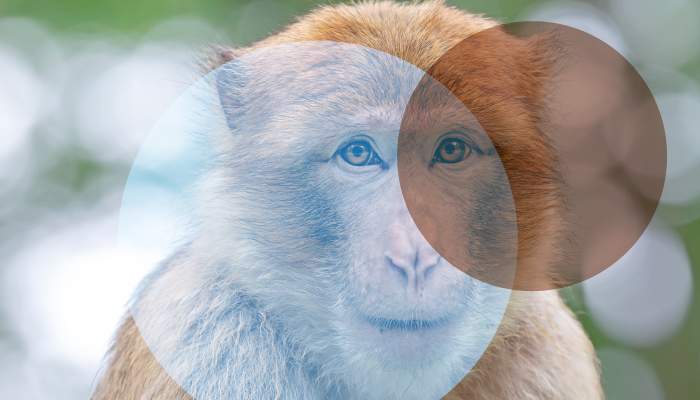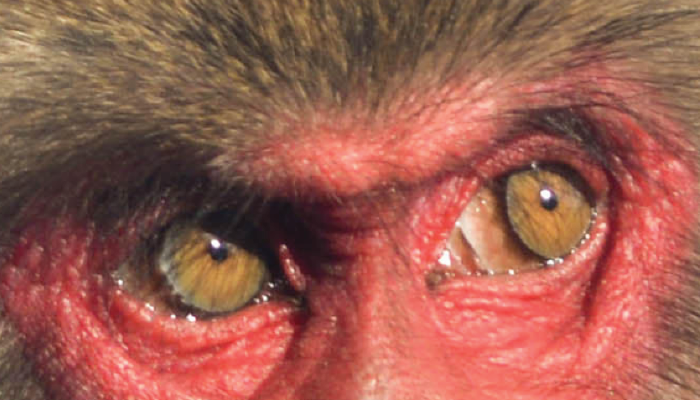
Original Image: Adobestock.com
A new study by a team of researchers from the National University of Singapore and Nicolaus Copernicus University, Poland – and in collaboration with experts in the study of macaques – has investigated the potential roles of photo-regulation and communication in macaques' outstandingly diverse eye pigmentation.
The researchers studied nine macaque species, representing all branches of their radiation, across a broad geographical range. Their findings indicate that macaques living closer to the equator tend to have more heavily pigmented eyeballs. This suggests that pigmentation may serve a photoprotective function for the species, shielding their eyes from the intense sunlight in these particular regions.
The study also found that the temporal side of the eyeball is more pigmented than the nasal side, an area full of stem cells that is particularly vulnerable to ultraviolet radiation. This striking adaptation likely reduces damage to the corneal limbus from stray light, a phenomenon known as the “Coroneo” effect, that had so far only been observed in humans.
"Counting with a high number of photographs taken directly by experts on-site allowed us to test photo-regulatory functions in ways that could not have been done before," explains Juan O. Perea-García, the study's lead researcher. "Even though these results cement the notion that photo-regulatory functions drive variation in ocular colouration, there are still outstanding questions. For example, Southern pig-tailed macaques live very close to the equator but have very depigmented eyeballs. They may serve as a model to explain why humans, whose ancestors also originated close to the equator, have more depigmented eyeballs than one would expect."

Close-up photo of the eyes of a Japanese macaque displaying more pigmentation on the temporal side (left eye) compared to the nasal side (right eye). Credit: Emilio Macanás Martínez CC BY 4.0 https://creativecommons.org/licenses/by/4.0/deed.en

Southern pig-tailed macaques display considerably depigmented eyeballs despite living close to the equator. Credit: Macaca Nemestrina Project. CC BY 4.0 https://creativecommons.org/licenses/by/4.0/deed.en
